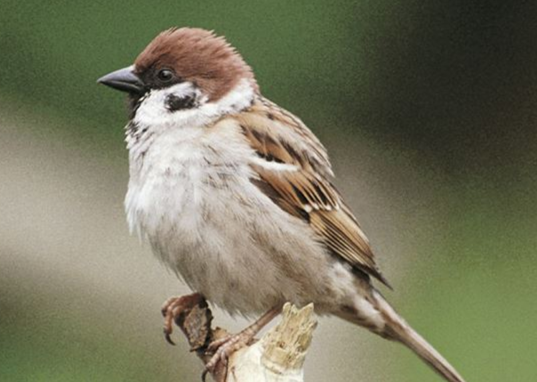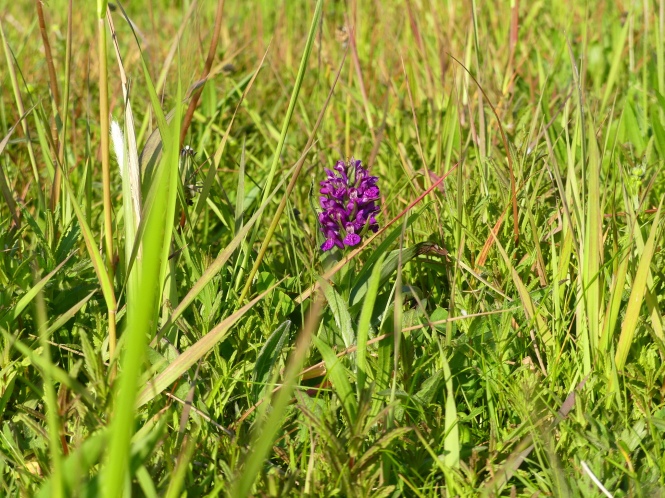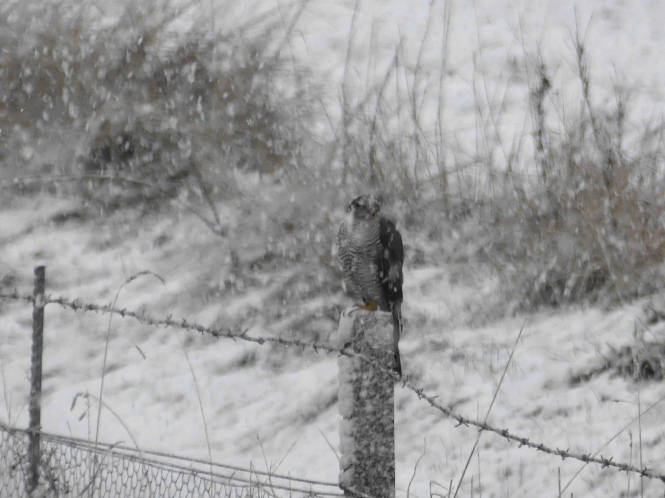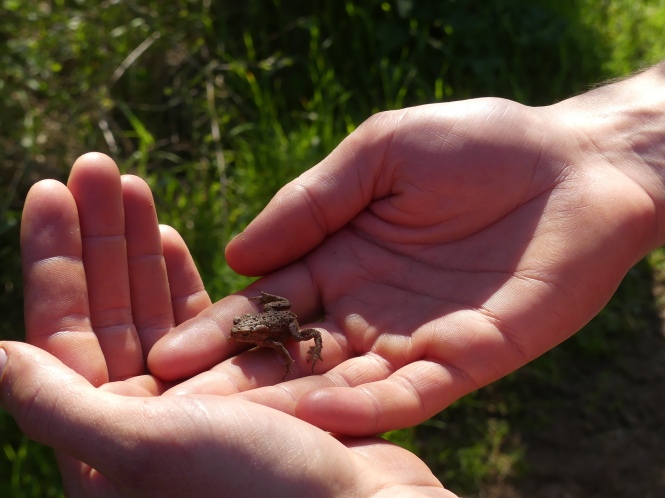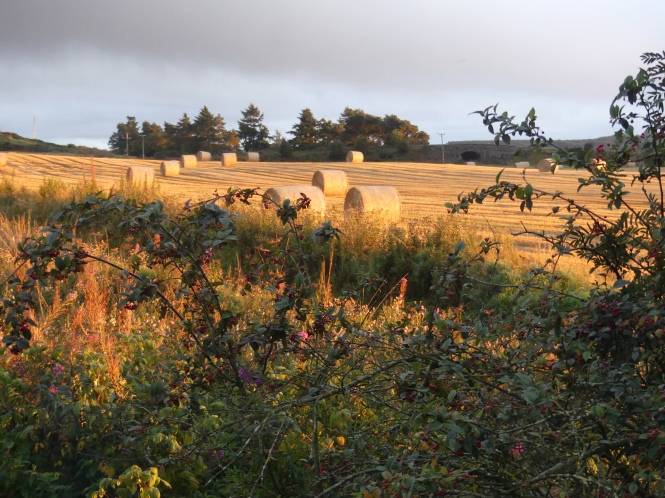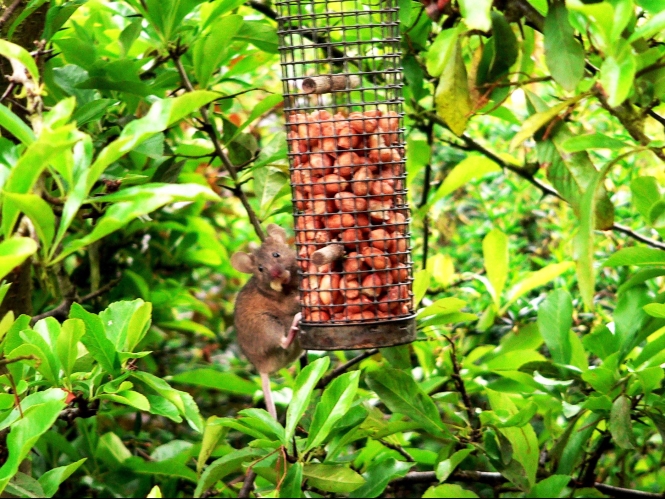Sorry we’ve been a little quiet on the blog in recent weeks there have been a few practical jobs to do and writing has had to take a back seat. However, this week we’re back with lots to report.
We’ve enjoyed a spell of glorious weather which alongside a bit of rainfall has pushed the meadows into the second of their three phases. Oxeye daisy and clover are gradually turning the meadows from vibrant yellow to cool white. Two types of orchids, early purple and heath spotted, are now abundant in the North and South Paddocks.
In wildlife news, a favourite was spotted in Kate’s copse two mornings in a row this week. A visiting red squirrel had a great time scampering up and down the caledonian pine feeding from pinecones. It caused a flurry of alarm calls from sparrows and blackbirds with young. This added to the usual uproar made by the noisy rook and jackdaw populations. We’re definitely seeing more red squirrels around during lockdown, we think they are travelling in wildlife corridors between Tulloes and Whigstreet woods, via Greenhillock.
Around the homestead, Mrs Duck is back sitting on a second batch of eggs. She has chosen to remain tucked away in the raised bed again this time. Not the most comfortable spot for her but it does offer some protection from predators and egg thieves such as magpies and foxes. It will mean another heart stopping plummet for the ducklings once they are ready to leave the nest.
Also at the homestead, the first of two puzzling discoveries of dead moles above ground, with a second in the North Paddock a day later. A common cause of death in moles is drowning but given the low rainfall this seems unlikely. The first mole had no visible signs of injury and its body was completely intact. The second discovery was grizzlier, with only the stomach, intestines and fur remaining – no bones or other indigestible bits were left. Moles may surface to die rather than risk polluting their network of tunnels. We think this may be what has happened here, with the second mole then being predated by crows, jackdaws or given even a feral cat. Moles secrete a musky scent to mark their territory and this is made in a gland in the stomach; possibly this renders the stomach and intestines unpalatable.
A most unwelcome visitor has been confirmed in several ash trees around the site. We have suspected ash die back since Tom spotted dead branches in one of the trees in the Home Paddock back in 2018. Yesterday, following a visit from a tree surgeon it was confirmed. The received wisdom is to cut down any affected trees immediately to try and halt the spread but further research has revealed that the spores which transmit the fungal infection are air-born and therefore transmission could already have taken place. Sadly, there is currently no cure for ash die back so we may lose all our ash trees over time.
Whilst out on a walk last weekend we spotted loads of tadpoles with legs in a local pond and topped the sighting with a fully grown frog. Our own ponds have been so low on water we seen little evidence of frogspawn at all this season. Normally we would be expecting to have froglets, toadlets and newtlets by now. They could be there, just hiding away in the centre of the pond where there is still a layer of water and thick wet mud. Fingers crossed.
On site we have been beavering away getting ready for what we hope will be our opening date on 15th July. Stig has been doing sterling (if not glamourous) work reinstating The Hutties, reinstalling loo seats and buckets and carrying out repairs. Kate has been wielding her trusty paintbrushes and Anne continues to beautify The Hub, creating a welcoming reception for guests. We think Bryan is somewhere in the polytunnel but the courgette and bean plants are so large they may have absorbed him.
Take care, stay safe and hope to see you soon!
NB we weren’t quick enough with our camera so photo credit for red squirrel picture goes to Kathleen Fotheringham via Darren’s Ginger Ninjas


















